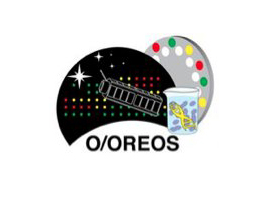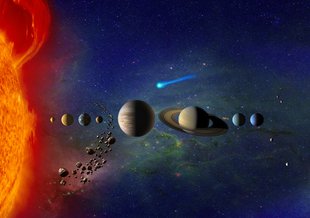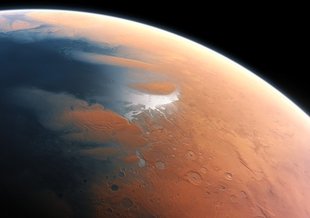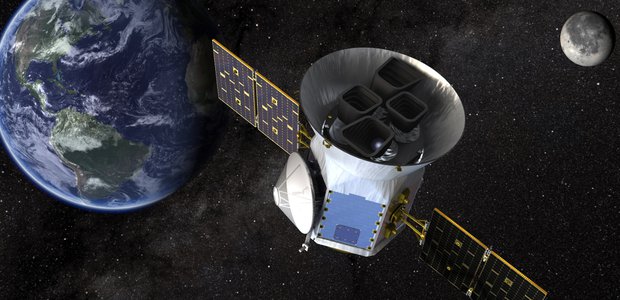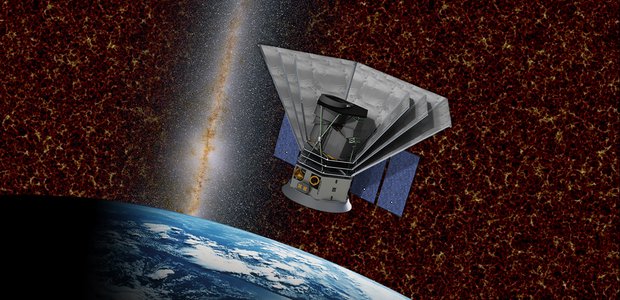- Launch Date November 19, 2010
- Arrival Date November 18, 2010
- End DateMay 18, 2011
- Mission TypeOrbiter
- TargetEarth Orbit
Mission Overview
O/OREOS is a small satellite that weighs approximately 12 pounds and carried two astrobiology experiments into orbit at around 400 miles above the Earth’s surface. It was the first nanosatellite to conduct autonomous biological and chemical measurements in the exosphere.
Relevance to Astrobiology
O/OREOS carried two distinct astrobiology science experiments, all onboard a satellite that is roughly the size of a loaf of bread.
The Space Environment Survivability of Live Organisms (SESLO) experiment carried two populations of the microbe Bacillus subtilis into orbit and monitored how the space environment affected their survival. One set was a naturally occurring strain of B. subtilis, and the second was a radiation-resistant mutant strain.
The Space Environment Viability of Organics (SEVO) experiment monitored the stability and changes in four classes of organic molecules during spaceflight.
Without returning samples to Earth, O/OREOS traveled around our planet just above the thermosphere and conducted autonomous biological and chemical measurements for 6 months.
NASA Astrobiology Involvement
O/OREOS was directly supported by the Astrobiology Program through all stages of the mission’s development, launch and operation. O/OREOS was a demonstration flight of the ‘small payload initiative’ for the former Astrobiology Science and Technology Instrument Development (ASTID) element of NASA’s Astrobiology Program.
The Astrobiologists
O/OREOS was a demonstration flight of the ‘small payload initiative’ for the former Astrobiology Science and Technology Instrument Development (ASTID) element of NASA’s Astrobiology Program.
NAINASA Ames Research Center Team and Science Team member Andrew Mattioda published The O/OREOS Mission: First Science Data from the Space Environment Viability of Organics (SEVO) Payload, Mattioda et. al., Astrobiology. September 2012, Vol. 12, No. 9: 841-853





